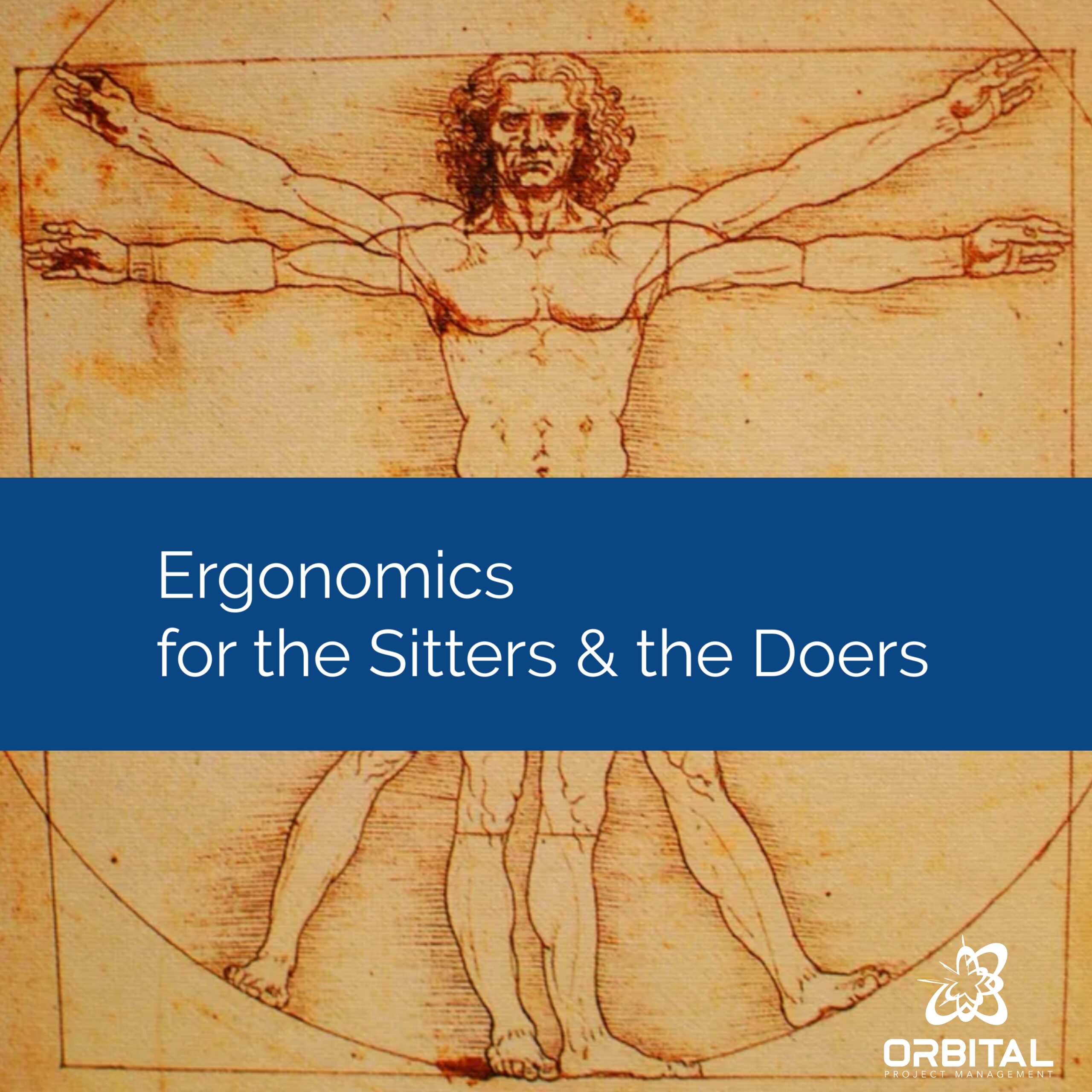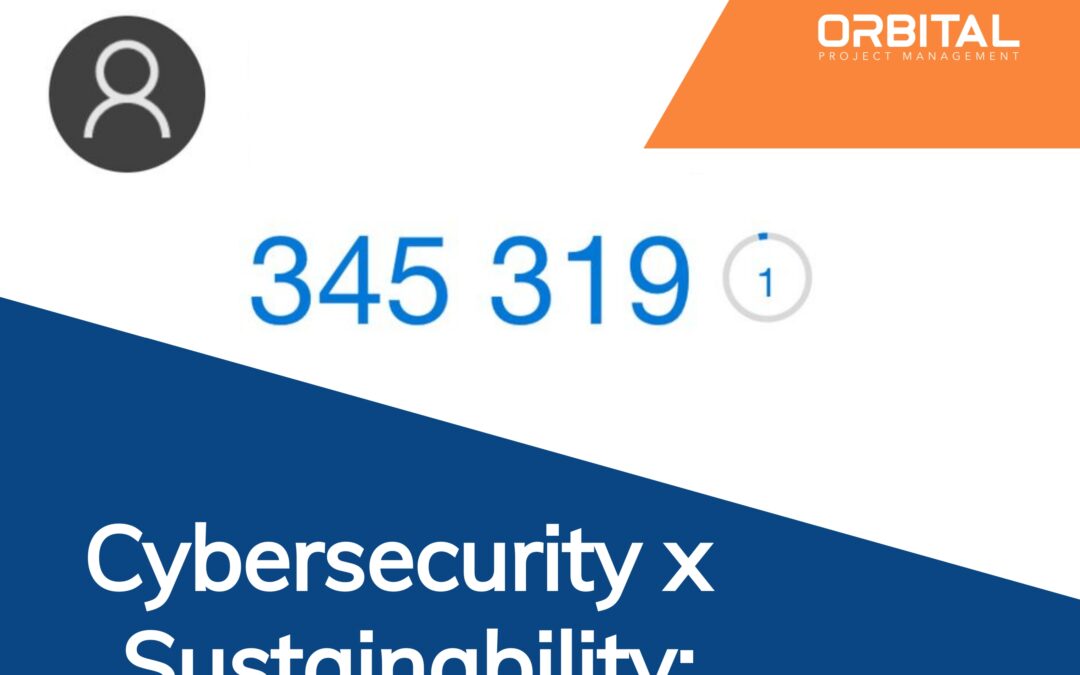When someone mentions “ergonomics,” what’s the first thing that comes to mind?
Turns out, it depends on your occupation.
If you spend the majority of your work day in front of a computer, posture and repetitive motion of the hands play a major role. Workplace ergonomics for office personnel often center around proper seating, monitor-to-vision distances and angles, and shoulder-elbow-wrist mechanics, just to name a few.
Office Ergonomic Supports
The last few decades saw a major increase in the number of ergonomic devices in the marketplace. Work-related injuries (e.g. carpal tunnel syndrome) and the associated costs to the employer, such as workers’ compensation claims and lost productivity, made prevention expenses worth the investment.
- Lumbar support pillow
- Foot support device
- Multi-way adjustable office chair
- Variable-height monitor
- Split keyboard
- Modified mouse
- Gel-filled wrist support pad
- Stand-up desk
- Adjustable-height desk
Ergonization Skills
I remember my first day of work at a government agency and the ensuing ergonomic assessment. My body had never been scrutinized for its limb length, angles, and seated posture tilt. It was exhaustive and, if I’m being honest, seemed a little over the top. In retrospect, I’m pretty sure they had paid a hefty sum to an injured worker in the past and were leaving nothing to chance. An entire office full of paraphernalia soon arrived and we entered Round 2 of my Ergonization. (No, it’s not a real word. Not yet.)
With the exception of an adjustable-height desk, I’m pretty sure I had every piece of equipment on the list above, plus things like a screen light-blocking filter and who knows what else. Every item was adjusted to my physical parameters using a ruler and goniometer. It was the agency’s way of bubble wrapping my office-working self to ensure 99.9% injury prevention. But, as a short person who was decades into my habit of perching on the edge of a chair so my feet could reach the ground, I wasn’t sure I could acclimate. Getting down from my office chair (that was high enough so I wasn’t reaching up to the keyboard) resembled Lord Farquaad dismounting from his horse. That said, I could have used an assist.
Proper Form Ergo Productivity
(Sorry, the pun was too tempting to ignore.)
Ergonomics isn’t just about limiting liability and costs. Worker productivity improves when tasks fall within the body’s preferred range of motion. Fatigue takes longer to set in. Pain doesn’t interfere with daily tasks or result in time away from work. Sitting, or the now-popularized standing, is more comfortable so the worker won’t necessarily leave his or her desk as often. So there you have it: Proper form, therefore productivity.
The Ergonomics of Doing
Workers employed in more physically-active roles are an entirely different beast. From nurses to construction workers, the doers of the world also need ergonomic supports…and a lumbar pillow or modified mouse isn’t going to cut it.
Bending, stooping, lifting, pulling…often with the added weight of tools, materials, or even another human body in the mix makes for some risky work days. Ergonomics for doers are a blend of both static supports and dynamic methods.
The Paraphernalia
Lumbar support braces, arch supports, and other “wearable” devices are one category that can help guide the worker’s body in its static postures and dynamic movements in the workplace. By limiting range of motion or holding a body part in a neutral posture during activities can aid in proper ergonomics. But wearable devices alone aren’t enough to protect a worker from injury during physical activities.
Modified tools and equipment are another category of ergo-friendly means of preventing injury in the workplace. The CDC has a comprehensive document, Simple Solutions: Ergonomics for Construction Workers, that identifies construction-specific ergonomic options.
Movement Training
Even with the right devices, tools, and equipment, workers who stress the physical limits of their bodies during work day activities need to add an additional layer of protection: safe movement techniques.
Proper lifting, bending, and reaching may prevent life-changing injuries for the physically-engaged worker. Ensuring that personnel are properly trained in correct and safe movement techniques provides the necessary foundation for injury prevention.
Culture Matters, Too
Having the equipment and knowing how to move are useless if workplace culture doesn’t create an environment that encourages workers’ ergonomic safety above competing priorities. While unforeseen and emergent situations may arise that require immediate physical action outside the scope of ideal ergonomic safety, other steps may be taken to minimize such events.
Proper staffing ratios, discipline for routine disregard of safe movement techniques, and repeated training opportunities to ensure worker understanding can improve outcomes related to workplace-related injuries. Supervisors can move the needle toward injury prevention by committing to the motto: Do as I say…AND as I do.
What Have You Done for You Lately?
(Yes, Paula Abdul is now singing that in my brain.) Whether you’re a sitter or a doer, taking frequent short breaks during the workday to counteract the effects of stress on the body is vital. If you’re working at a screen, take a break every 10-20 minutes to focus on something in the distance to rest your eye muscles. Get up, stand up. (I know, I know.) Find a series of movements that work for you like this example from Verywell Fit so you don’t end up like the Tin Man from the Wizard of Oz. Set an hourly timer for yourself until it becomes a solid habit.
If you’ve been standing and lifting all morning, sit for a moment. Do a forward bend and let your body hang and relax. Stretch your hamstrings and calves. A momentary pause offers your body a much needed reset. Even ergo-perfect equipment cannot make a body happy for hours on end. Better to take a minute or two every hour to perform a quick series of movements to allow your muscles to stretch.
Need an Excuse to Take a Break?
Get The Nucleus delivered to your inbox.
It’s a quick read with links to edutational (also not a word yet) blogs.






